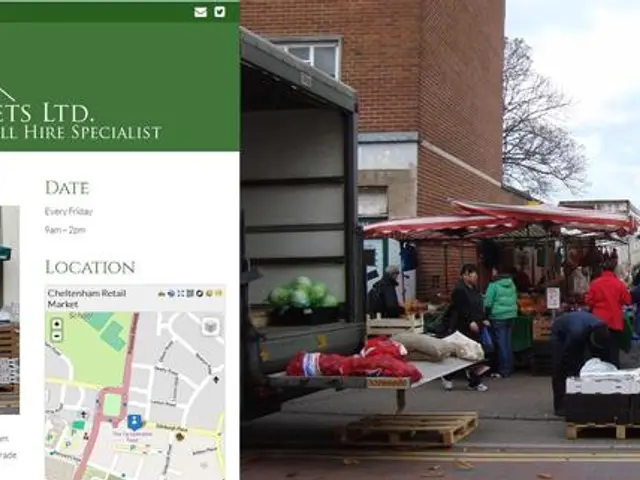People in the southern regions of Russia and North Caucasus have collectively secured auto loans amounting to 7.5 billion.
Boom in Auto Loans in the South of Russia and North Caucasus
The auto loans market in the South of Russia and the North Caucasus region is experiencing a significant growth spurt, according to a study by Sber analysts for the first half of 2025.
Residents of these regions received over 6,000 auto loans, totalling ₽7.5 billion. Krasnodar Krai led the pack with 2,600 loans worth ₽3.3 billion, followed by Rostov Oblast and Stavropol Krai, each with 1,500 loans totalling ₽1.8 billion each. The Crimea also saw a substantial number of auto loans, amounting to ₽1.4 billion.
The key drivers of this growth can be attributed to several factors. Economic resilience and regional demand stability, despite broader national financial pressures, have played a significant role. While Russia faces high interest rates, some regional markets, including the South and North Caucasus, have shown localized demand driven by stable or rising prices in key asset classes, suggesting that consumer borrowing ability remains intact.
Demographic factors and the demand for personal transport are also contributing to the growth. The South and North Caucasus regions typically have younger populations, potentially increasing the demand for personal vehicles and thus auto loans to finance such purchases.
Limited alternative financing options and rising interest rates on mortgages might also be pushing consumers towards auto loans as a more accessible credit vehicle in the absence of affordable housing loans.
Government and banking sector policies encouraging credit growth in consumer sectors are also a factor. Although no direct data for these regions exists, the general economic context shows that the Russian government and banks have maintained strategies to support key sectors despite geopolitical and fiscal challenges, possibly extending support to auto financing due to its importance to the domestic industrial base and consumer economy.
Industrial supply chain cooperation with neighboring economies, such as Turkey's, may improve supply and affordability of vehicles in these regions, indirectly boosting the auto loans market by increasing vehicle availability and consumer purchasing incentives.
Regional urbanization trends and transportation needs are also driving the demand for auto loans. Increasing urban populations in cities over 500,000 in Russia saw supply growth in housing markets, similarly fostering demand for personal vehicles and thus auto loans.
In the first half of 2025, every sixth ruble in consumer loans from Sberbank was used for car purchases. Larisa Bezdeleva, the Deputy Chairman of Sberbank's Southwest Bank, noted the traditional increase in car purchase demand among residents of the South of Russia and the North Caucasus during the spring and summer months.
The average check for car loans in the South of Russia increased by 26% year-on-year, reaching ₽1.2 million. Joint programs with automakers offering subsidized interest rates, such as LADA, Chery, Geely, Haval, Changan, and "Moskvich", among others, are showing strong growth, accounting for up to 30% of all Southern transactions.
On average, southern residents use credit support for car purchases of ₽1.2 million. Compared to the same period last year, the average check for car loans in the South increased by ₽323,000 or 26%. The highest auto loan indicator is among Crimeans (₽1.3 million), and the lowest is in North Ossetia-Alania (₽910,000).
Government programs for purchasing domestically produced cars remain the key drivers of growth in the Southern market for auto loans. These programs, coupled with the factors mentioned above, are expected to continue fueling the growth of the auto loans market in the South of Russia and the North Caucasus in the coming years.
The growth in the auto loans market in the South of Russia and North Caucasus region can be associated with the finance sector, as these regions witnessed a significant surge in auto loans, totaling ₽7.5 billion. Furthermore, the industry's arena might be influenced by the auto loans market, given the crucial role government programs for purchasing domestically produced cars play in driving growth within this sector.



